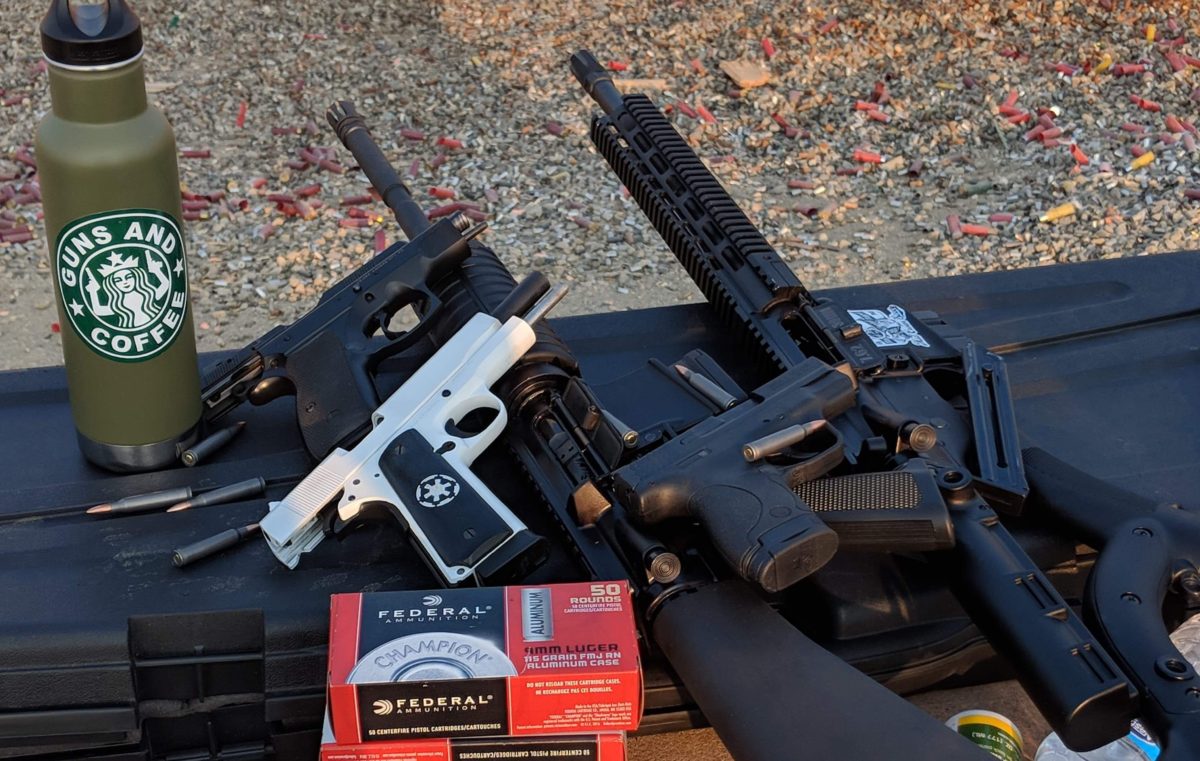Let’s face it. When it comes to Concealed Carry options in California, there’s hardly any variety compared to pretty much everywhere else thanks to the Roster. Our selection is aging, the Gen 3 glock is ancient compared to the newer Gen 5’s. The USP, although a classic, is old school compared to a VP9. So what does that leave us? Plenty of revolvers for sure, but is that really all there is?

My personal choice for an everyday carry is the CZ PCR. It’s by far my favorite 9mm handgun, it has everything I want in a compact package. This choice isn’t for everyone however, the aluminum alloy frame, although lighter than traditional steel, is still heavier than a run of the mill Glock. Why carry it then? Although there’s slim pickings for California, we still have options such as the popular Smith and Wesson Shield, the Glock 19, and the pricey but reliable Kimber Ultra Carry II.
I prefer compact over subcompact guns for several reasons. They’re easier to hold with the larger grips, they’re a good ‘in between’ size so you can opt to use it for home or for CCW. The capacity is generally larger, and they’re overall easier to use. So why specifically the CZ? Because the PCR (Police Czech Republic) is primarily designed for concealed carry. Originally intended to be used for undercover police in the Czech Republic, it makes for a fantastic choice!
CZ became known for their signature 75 series, it was one of the original wonder nines along the Beretta 92, SIG p226, and the Browning Hi-Power. Because CZ was beyond the Iron Curtain, it didn’t have the attention of the West until sometime after ‘91 post Berlin Wall. So it doesn’t have a longstanding reputation like Glocks or M9’s do, but it is very much so a work horse of a gun.
The PCR lacks some modern aspects that many firearms share these days, it doesn’t feature a rail on the frame or a takedown lever, or night sights. In fact, the stock sights aren’t particularly good. It’s difficult to find the sights, although they are snag free, they’re small, and obviously not very visible in darker settings. Being a CZ it isn’t as mainstream as a Glock, it doesn’t have nearly the amount of aftermarket support. That’s not to say there isn’t any, just look at Cajun Gunworks and CZ Custom, but it does fall short of what’s available for a Glock
None of this is to say that the pros don’t make up for the cons, they absolutely do! The cold-hammer forged barrel provides fantastic accuracy right out of the box, to a much higher standard than the basic ‘combat accuracy’. I’m not a marksman or a gun expert of any kind, but I’m able to hit pretty tight groups out to 25 meters. And that’s the thing isn’t it? Most people don’t have hardcore training, yet the gun is able to maintain a pristine level of accuracy, that for me is the definition of user friendly.
The gun has no external safety (which is a good thing for a CCW gun). It has a decocker that puts the hammer to a half cock. The DA trigger is of course heavy, but again, the hammer does not reset fully once decocked so it makes the best of it. There’s little takeup, and an audible reset. If anyone knows anything about CZ, it’s that their guns have some of the best stock triggers on the market.
The grip speaks for itself. Even on the compact version of the 75, it feels as if it was made for my hands. It fits like a glove, and the stock rubberization isn’t the fanciest, nor is it much to look at. However it gets the job done and the purchase when gripping it is very confirming, once you get a hold of it, it’s not going anywhere.
Like the 75, the slide fits inside the frame. This is probably the most controversial move in the design. Some love it because it lowers bore axis, others hate it because there isn’t much real estate to grip. I’ll agree initially. If the slide is forward and you’re trying to chamber a round, it may take a bit of creativity and practice to get used to it. But when you’re out of ammo, the slide obviously locks back, thus exposing the entirety of the slide.
It’s worth noting that the magazines are incredibly easy to load for being double stack. CZ factory magazines fit firmly inside the gun, and fly out when ejected. They fit flush in the magwell and can take a beating. They feed reliably even when dirty, and have very easy to read witness holes at the 5, 10, and 14 mark.
CZ has been in the business since 1936 and has been constantly raising the bar on not just pistols, but PCCs, bolt action rifles, and shotguns. They’re a very underrated company in the unfortunate shadow of gun companies that have had a bigger foothold in the Western market for a much longer time. It’s worth it during your next trip to the gun store to pick one up and try it out, it may be your next favorite!
Article by: Evan Alvarez CaLoaded contributor

















